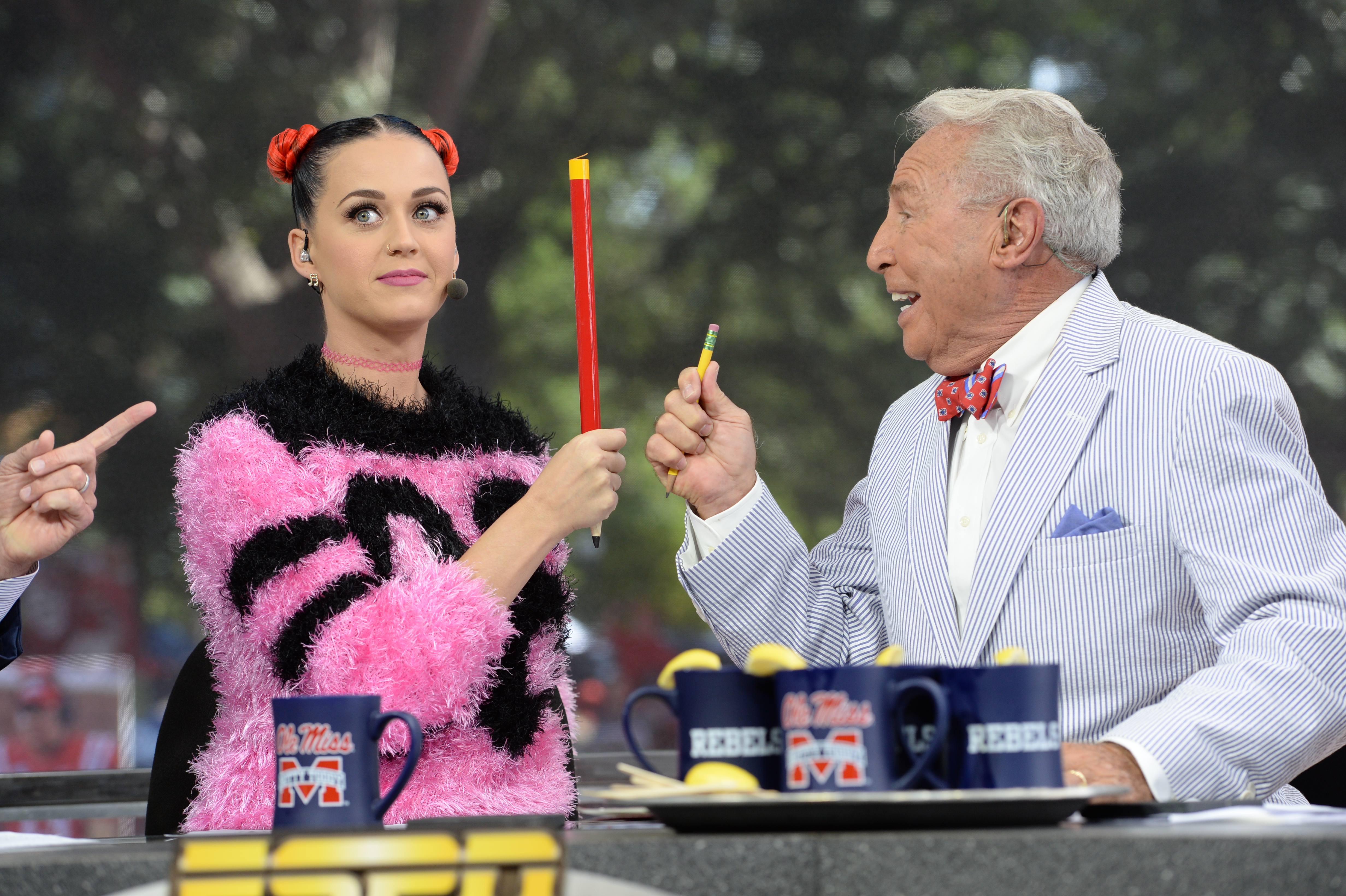After ESPN announced it would be hosting College Gameday at an SEC location for the fourth time in five weeks, Chris Fowler took to Twitter on October 21st to counter the attacks that ESPN was being “biased” toward the SEC – a conference with which it has a decades-long, multibillion dollar deal – saying that Gameday “goes where the biggest games are” and following up with this…
B1G fans convinced SEC coverage traced to company business: NOTHING would boost abc/ESPN CFB biz more than a dominant B1G. Nothing. Trust me
— Chris Fowler (@cbfowler) October 22, 2014
Four days later on Fowler’s show, he went on a seemingly impromptu rant about the allegations of bias again, saying than an SEC-dominated playoff is “great for the SEC, it’s great for the SEC Network, it’s great for CBS, it’s not great for anyone who televises a bracket,” adding, “I get defensive when stupid uninformed stuff gets repeated again and again…”
Inspired by Fowler’s claims, I decided to watch three hours of College Gameday, with a stopwatch, to compile the amount of airtime that was given to each conference during its broadcast. Assuming that, in the interest of being a network that “televises a bracket,” it would want to give equal airtime to, as Fowler noted “a west coast team, [a] midwest team, [a] team from the Big 12 or ACC…”
The results were staggering. Not only did the SEC get the majority of the airtime (totaling more airtime than every other conference combined), they gave the SEC nearly 4 times more airtime than the second-most aired conference, the Big Ten. The ACC received 43 seconds of total airtime, and it was limited to George Whitfield commenting about Florida State quarterback Jameis Winston. Here were the totals:
SEC – 1:02:08
Big Ten – 15:59
Big 12 – 15:19
PAC12 – 10:57
DIV III – 5:00
Ivy League – 1:08
ACC – 0:43
But this was just one week, it was in an SEC location, so should we be surprised that the location gets a little “homefield advantage” for College Gameday? Nevertheless, over the course of the week, the circulating data even got a dig from Scott Van Pelt on ESPN Radio as, while discussing the alleged bias by his employer, he told his listeners to “put down the stopwatch” and others brought up the homefield advantage aspect of having College Gameday broadcasting from Baton Rouge.
So after College Gameday chose to forgo a another SEC appearance and head to the friendly, couch-burning confines of Morgantown, West Virginia, I decided to settle in with my stopwatch once again. But the results, again, favored the SEC.
The segment discussing Will Muschamp’s potential firing at Florida was the longest single segment for the show, consuming ten-and-a-half minutes of airtime. The highest-ranked game, #3 Auburn vs. #4 Ole Miss, received a total of 12:15 of airtime (not including a 5:50 feature on Auburn WR Sammie Coates), while the homefield TCU-West Virginia game received 13:10 (including 2:40 on Dana Holgerson’s hair).
Here, for reference, were the total coverage times by conference:
SEC – 36:30
Big 12- 17:51
PAC 12 – 14:00
Big Ten – 11:00
C-USA – 2:50
ACC – 2:14
Independents – 2:10
Compared to last week, College Gameday was somewhat more equitable, but the SEC still received twice as much coverage as any other single conference, even while on campus in Morgantown. Will Muschamp nearly received more airtime than the whole of the Big Ten (and the Big Ten’s time included nearly 4 minutes of Dave Brandon’s resignation), and the ACC is still seeking its third minute of airtime over the course of two weeks.
Both Georgia and Mississippi State were facing unranked opponents, but their games piled up 9 minutes of airtime (not including Muschamp’s segment), which constituted more overall time than the pair of Pac 12 games between ranked opponents.
So is College Gameday really just a show that goes “where the best games are” or is it a narrative vehicle, and one where a single conference consistently receives substantially more airtime than any other? Only more time and data will tell. This coming week, GameDay makes their first trip to the Big Ten this year for the Michigan State-Ohio State game.








Comments are closed.